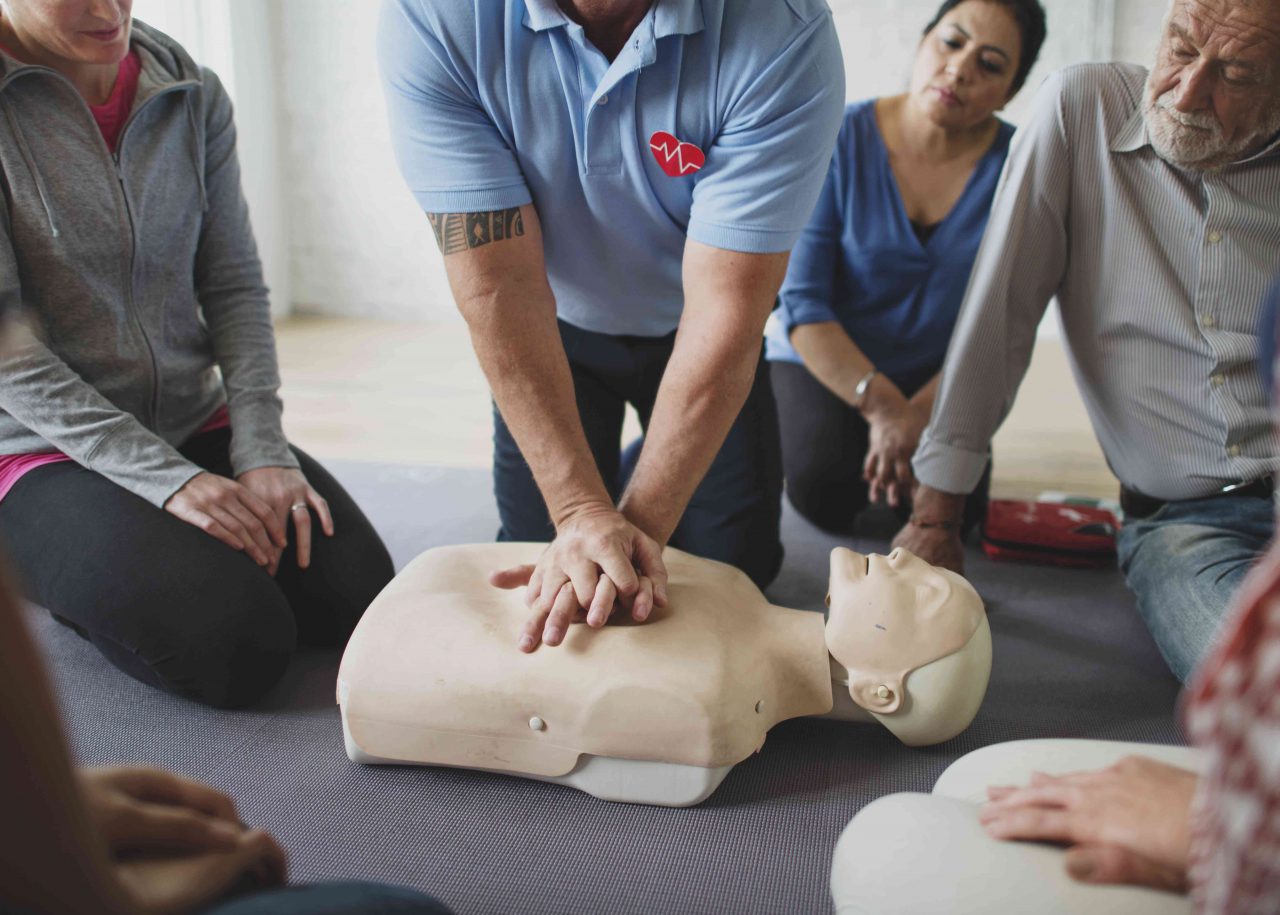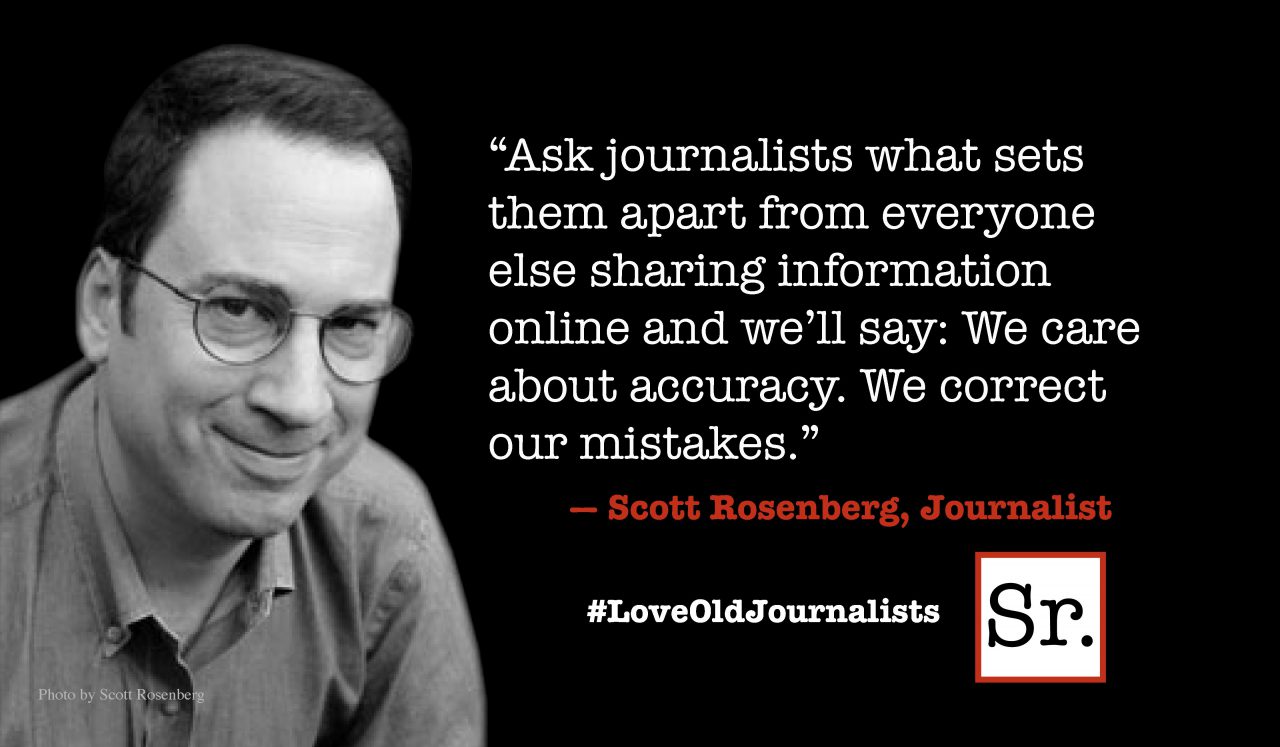Q. I'd like to be able to do CPR, but I'm squeamish about doing mouth-to-mouth on a stranger. Any suggestions?
There is an emergency technique called Hands-Only CPR. This is CPR without mouth-to-mouth breaths. It consists of two easy steps: Call 9-1-1
and push hard and fast in the center of the victim's chest. That means 100 uninterrupted compressions per minute until paramedics arrive.
The University of Arizona College of Medicine offers this helpful video of Hands-Only CPR at this website.
This form of CPR (cardiopulmonary resuscitation) is recommended by the American Heart Association for helping anyone who is a teenager or older. It is used when a person collapses suddenly outside of a hospital setting.
However, there are occasions when you should use CPR with breaths, according to the AHA. These include:
-
All infants (up to age one)
-
Children (up to puberty)
-
Anyone found already unconscious and not breathing normally
-
Any victims of drowning, drug overdose, collapse because of breathing problems, or prolonged cardiac arrest
If you use the hands-only version of CPR in these circumstances, it is better than being a passive bystander.
When teens or adults suddenly collapse with cardiac arrest, they usually have enough oxygen in their lungs and blood for the first several minutes after the collapse. This oxygen will keep vital organs healthy as long as someone uses chest compressions to pump blood to the heart and brain. An unaided victim of cardiac arrest will die in five to 10 minutes.
The chest compressions should have minimal interruptions. Stopping compressions to give mouth-to-mouth breaths may bring some additional oxygen into the lungs, but the benefit of that oxygen can be offset if you stop the blood flow to the brain and heart muscle.
All CPR training courses that include skills practice will teach you Hands-Only CPR. You can learn more here.









